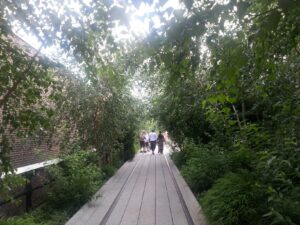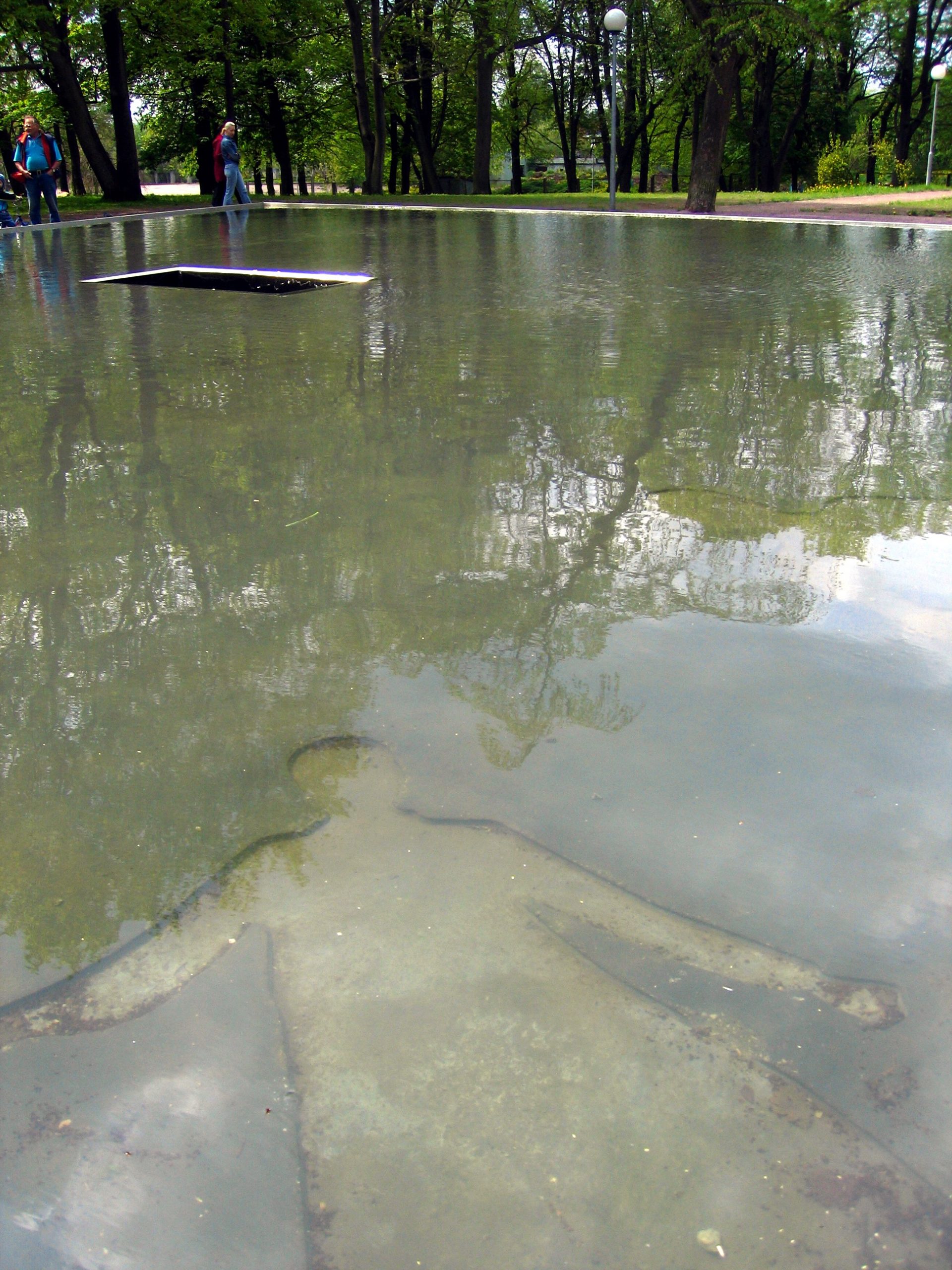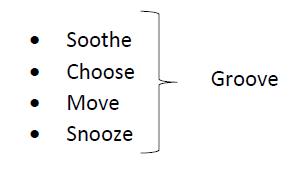For this last week of GCC’s Write 6X6 challenge, the suggested prompt was to write about where we see GCC 5 or 10 years from now – a “vision,” if you will. This prompt brought up another vision I had almost 10 years ago – one that changed my life in profound ways.
Before anyone gets excited, I am a scientist. I don’t suffer tales of the paranormal gladly. I had a vision about 10 years ago that absolutely came true, but plenty of my other visions did not. For example, I am not now, nor have I ever been, a Radio City Rockette. But I digress . . .
The day of my vision started by walking my daughter Taylor to her first day in a new job at a Manhattan advertising agency. A few months earlier, Taylor took an uncharacteristic leap and packed up to move to the Big Apple. Tears filled my eyes as we hugged a block away from her office, lest any of her new colleagues see mommy walking her to work.
After we parted, I decided to take a stroll on the High Line, a public park built on a historic, elevated rail line. Full of public art and flora and fauna (okay, birds and squirrels) right next to the life-sounds of the city, walking the High Line makes for a brain buzzy with introspection. I thought about Taylor’s exciting new career — and the one I was currently enduring as an assistant research professor.
Right there on the High Line somewhere between 26th Street and the 10th Avenue crossing, the thought flashed, “I want to teach at a community college!” I then spent the next hour or so going over in my mind how such a position would feed my soul. (Yep, I said soul – this scientist has one, too.) This wasn’t the first time I considered community college teaching, but it was this one particular vision that spurred me to action.
I had one eensy problem. The leadership in my then-department had a policy: If you apply for another position, you must resign in order to receive a recommendation. You know where this is going. I quit my full-time job. With benefits. And a retirement plan. To become an adjunct. If my mother were alive to see it, she would have muttered, “Mary, Mary, Mary . . .”
Shortly after my decision to leap out into the CC job market, the net in the form of an adjunct gig at GCC magically appeared. (Did I really just write about magic?) More adjunct opportunities came from SCC and NAU. I even returned to ASU to lecture for a couple years before I landed in the residential position I am in now. My point is it’s been a long road to get here, but I have never been happier and more fulfilled at work.
My vision of GCC in the next 10 years is that we continue to grow in our vibrancy and remain as wonderfully student-centered as I believe we are today. My vision includes a faculty who feel valued and energized. There’s a wonderful book entitled, If You Don’t Feed the Teachers, They Eat the Students. My hope for GCC is that all faculty feel fed so that they may be fully present for students.
Five years elapsed between my initial vision and inking my employment papers with GCC, but every minute of the struggle to get here was worth it. Whatever we do collectively to move GCC forward over the next 10 years is worth every bead of sweat if it helps our students to live out their own visions of the lives they want as well.
The post GCC in 2033 appeared first on My Love of Learning.











